The Subtle Elegance of 1930s Apparel – By Coco Chanel
The famous fashion designer who once said “Dress shabbily and they remember the dress; dress impeccably and they remember the woman.” This quote, often highlights the importance of personal style and presentation during the 1930’s era, when fashion was seen as a way to express individuality and sophistication, even in the face of economic hardship.
How Coco Chanel made a difference during the 1930’s
Coco Chanel made a significant impact during the 1930’s despite the global economic depression and the rise of political tensions. Here’s how she made a difference during that decade:
Redefining Elegance in Hard Times
During the Great Depression, Chanel adapted her designs to reflect the era’s austerity without sacrificing style. She used more affordable materials like jersey and tweed, which allowed women to dress stylishly without extravagance. Her minimalist and practical aesthetic became a symbol of understated luxury.
Popularizing the Chanel Suit
Although introduced in the late 1920s, the Chanel suit — with its collarless jacket and straight skirt — became iconic throughout the 1930’s. It reflected a modern, professional look for women who were starting to participate more in the workforce and in public life. It represented a significant shift in women’s fashion, moving away from restrictive clothing towards a more comfortable, practicle but elegant style – deeply influencing the era’s fashion landscape.
Expanding Chanel No. 5 Globally
The renowned fragrance – Chanel No. 5, continued to grow in popularity during the 1930’s and became a symbol of timeless sophistication. Its’ success made Chanel a business mogul and helped establish the modern idea of designer fragrance branding. If you are looking for the famous fragrance or simply some chanel jewellery – don’t go further than these inspirations here.
Challenging Gender Norms
Chanel’s designs in the 1930’s further pushed boundaries by offering relaxed, masculine-inspired silhouettes to women, moving away from the restrictive corsetry of earlier decades. This shift contributed to the evolving image of women as independent and modern. This suit, often made of tweed, offered a softer, more relaxed silhouette compared to the heavily structured styles of the time, allowing women greater freedom of movement.
Influence in Hollywood
Chanel briefly worked with Hollywood in the early 1930’s, designing costumes for actresses like Gloria Swanson. Although her Hollywood stint was short, it influenced the crossover between fashion and film, and helped popularize French couture among American audiences. Stars like Grace Kelly, Audrey Hepburn, and Marlene Dietrich embraced the Chanel suit, further solidifying its iconic status and spreading its influence through film.
Controversy and Politics
Though not widely known at the time, Chanel’s personal and political associations in the late 1930’s and into WWII — including ties with Nazi figures — would later tarnish her legacy. However, during the 1930’s, she was still seen as a pioneering female entrepreneur and fashion revolutionary.
In Summary
Coco Chanel’s impact during the 1930’s lay in her ability to redefine femininity, promote accessible luxury, and maintain cultural influence through a time of global hardship. Her legacy from that era still informs modern fashion design and business strategies.
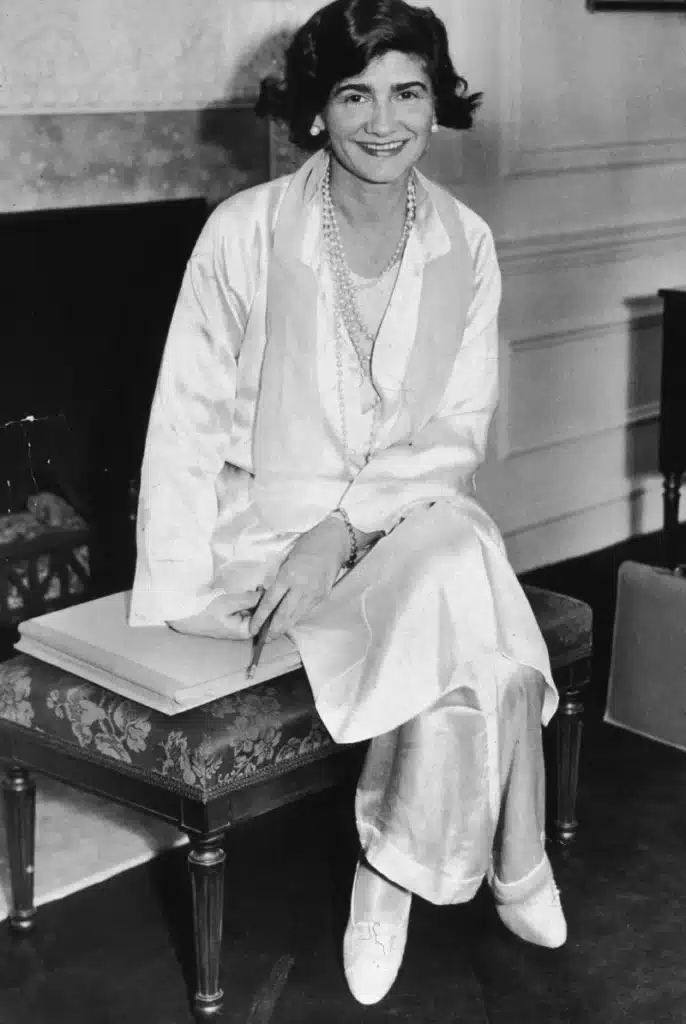
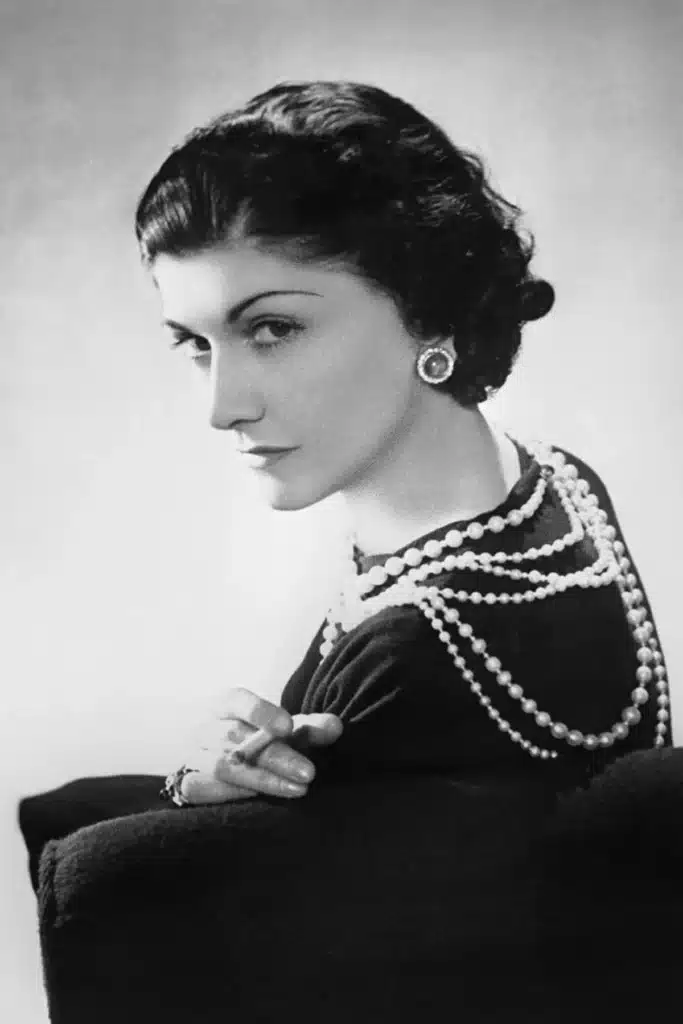
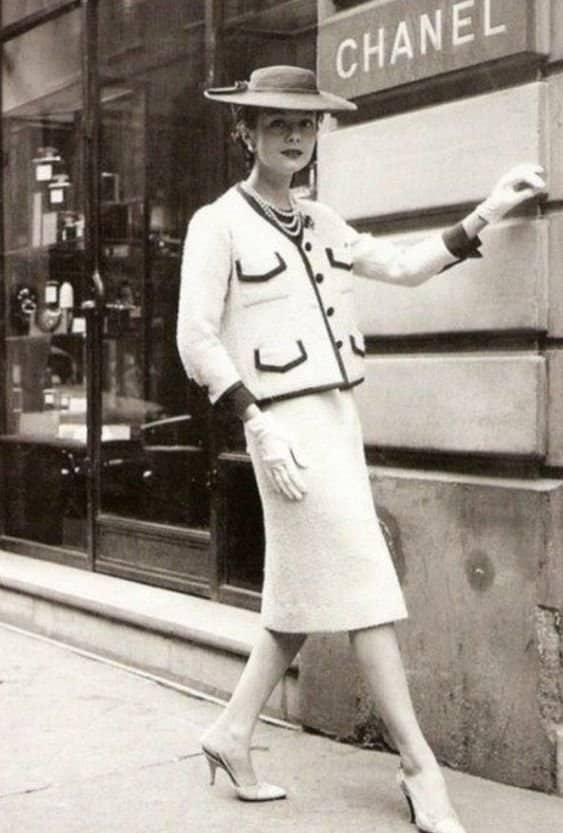
Emphasis on style during the 1930’s
Here’s a summary emphasizing Coco Chanel’s impact on style during the 1930’s, highlighting how she shaped fashion in a time of global difficulty:
Coco Chanel and 1930’s Style: Redefining Elegance in a Time of Austerity
Sophisticated Simplicity
In an era marked by economic depression, Chanel stood out by embracing minimalism and practicality. She replaced lavish embellishments with clean lines, neutral tones, and comfortable fabrics like jersey and tweed. This approach made fashion more accessible without compromising elegance.
The Rise of the Chanel Suit
Though introduced earlier, the Chanel suit came into its own in the 1930s. The collarless jacket, often made of soft tweed, and the straight skirt became a symbol of modern, confident femininity. It reflected a shift in style from the ornamental to the functional and sleek, suitable for the increasingly independent woman.
Masculine-Inspired Silhouettes
Chanel continued to challenge traditional ideas of women’s fashion. She embraced looser fits, trousers, and blazers, drawing ideas from menswear – but reshaping it to enhance a woman’s mobility and authority. This was a bold contrast to the heavily structured, corseted styles of previous decades. Jumpsuits from the era were hugely popular – look at these selections here.
Day-to-Night Versatility
Her garments were designed for real women, allowing for seamless transitions from daywear to eveningwear. This practical elegance became a signature of 1930’s style, merging comfort with glamour. Certain Chanel apparel is hard to find, but here are some inspirations to consider here – shop today.
Hollywood and High Fashion
While her time in Hollywood was brief, it helped merge couture with cinema, influencing glamorous 1930’s styles seen on and off-screen. Chanel’s aesthetic introduced (pared-down elegance) simple, refined and minimalist to film costumes, promoting French chic in American pop culture. Dress inspirations of the 1930’s can be found here online through Retro Stage. Etsy stock some original 30’s dresses and patterns – find your perfect style here.
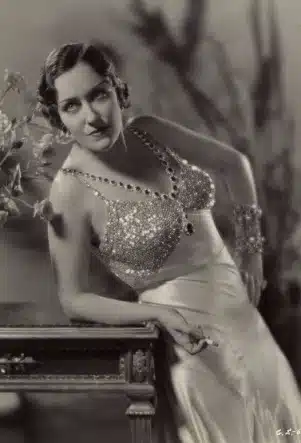
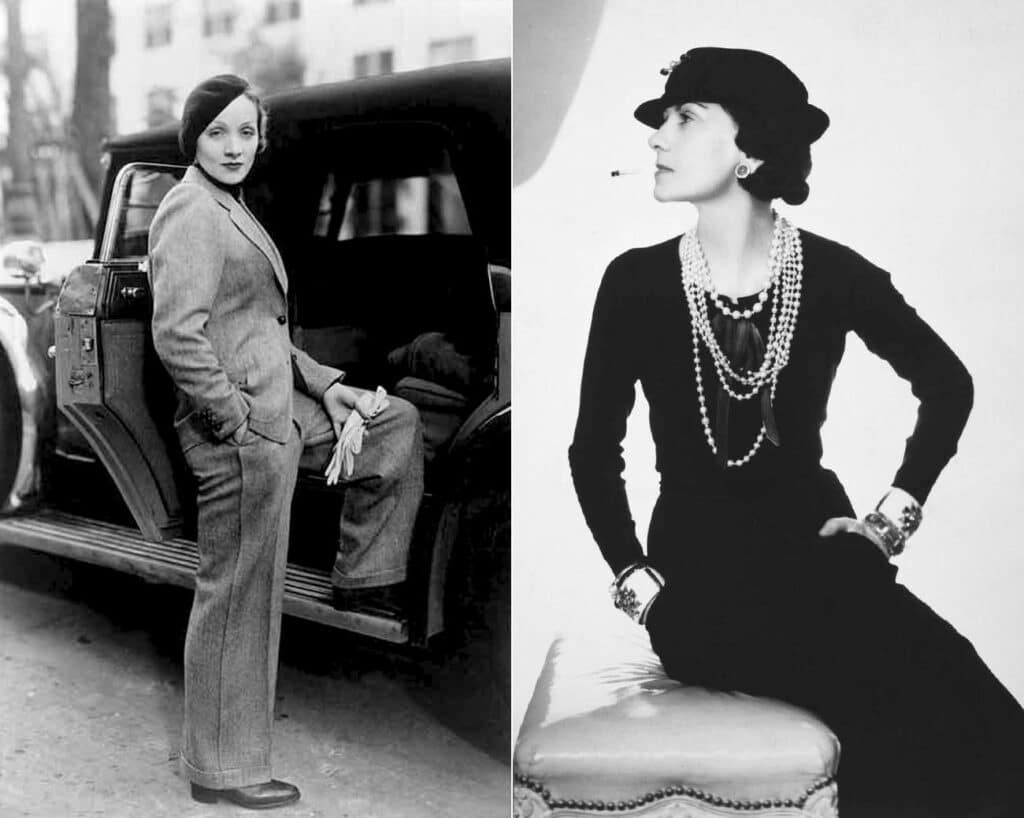
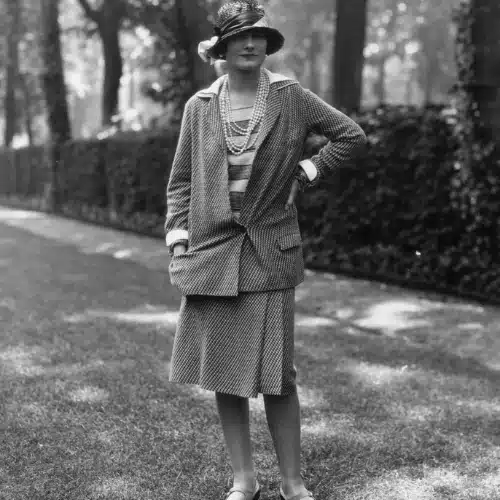
✨ Why Chanel’s 1930’s Style Still Matters
- She made luxury feel effortless.
- She liberated women’s wardrobes.
- She created a blueprint for modern, enduring fashion – during a decade where survival often overshadowed style.
Sophistication and elegance
The elegance and sophistication of style in the 1930’s, through Coco Chanel’s lens beautifully captures her impact. Etsy stock some Chanel suits and accessories – learn more here. If you’re looking to visually represent that era, here are a couple of options for you:
Visual Timeline (1930’s Chanel Style Evolution)
- Early 1930’s: Minimalist jersey day dresses with belts and dropped waists
- Mid-1930’s: Tweed Chanel suits—collarless jackets, gold buttons, fitted but modest
- Late 1930’s: Silk evening gowns with simple lines, draping, and low backs
- Hollywood Years: Costume designs for films like Palmy Days or Tonight or Never (1931)
With call-outs for:
- Key fabrics (jersey, tweed, silk)
- Style signatures (loose cuts, masculine touches, understated elegance)
Mood Board (Chanel’s 1930’s Style Aesthetic)
- Neutral color palette swatches (ivory, beige, navy, black)
- Fabric textures: tweed, silk, jersey
- Iconic silhouettes (boxy jackets, wide-leg trousers, soft pleats)
- Accessories: two-tone shoes, long pearls, quilted bags
- Contrast examples: Pre-1930’s corseted fashion vs. Chanel’s freer styles
As an affiliate - I may receive a small commission when you click on a link and purchase through this site
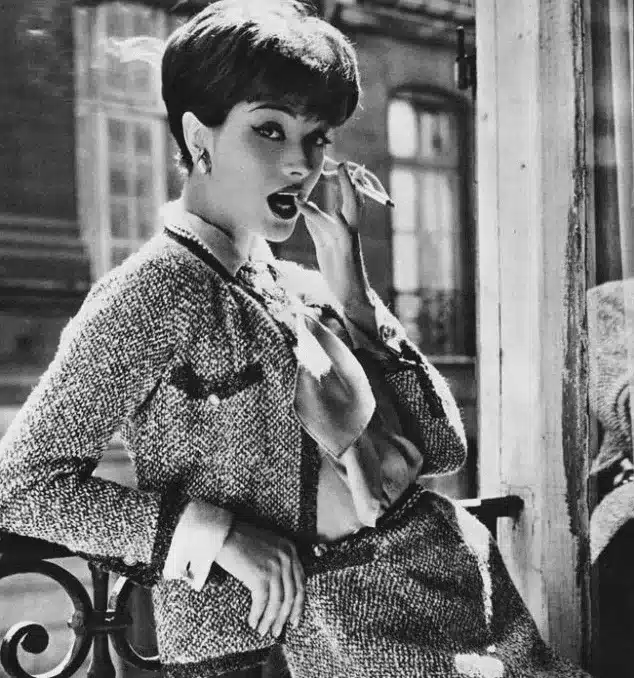
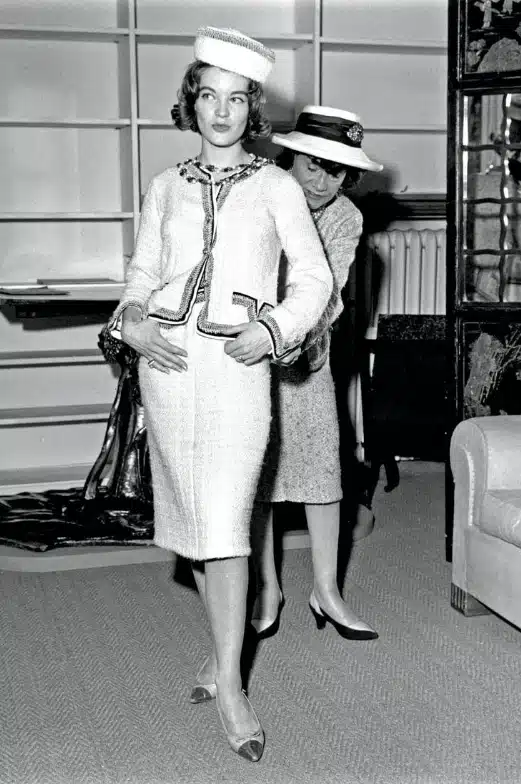
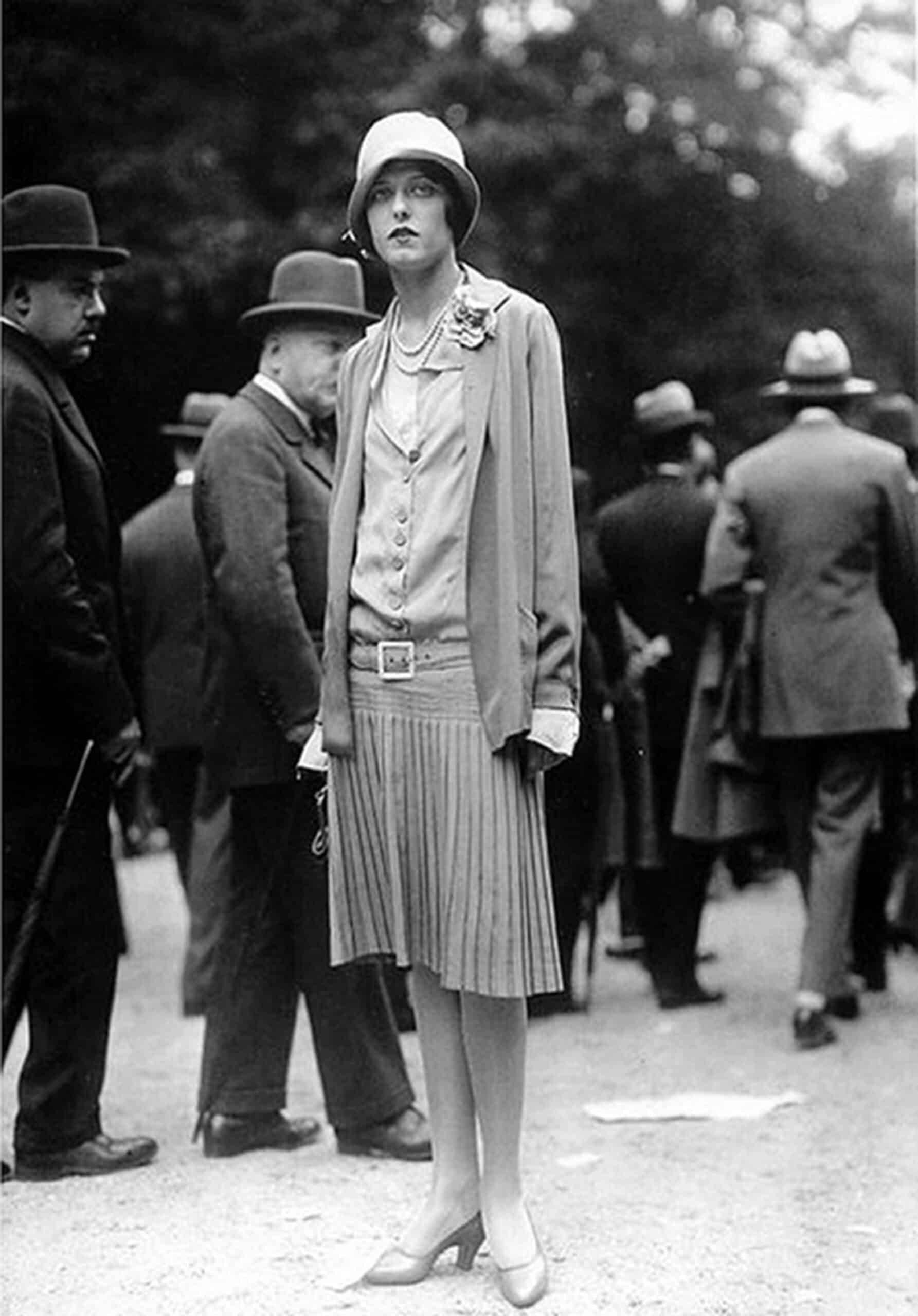
Individual expression of 30’s fashion
The individual expression of 1930s fashion reflected a fascinating mix of economic restraint, elegance, and emerging personal identity, especially as people responded creatively to the challenges of the Great Depression. Here’s how individual style manifested during the decade:
Personal Elegance Despite Hardship
- Many individuals used tailoring and accessories to stand out without overspending. Women would come together and often customized simple silhouettes with hats, gloves, or brooches.
- Men took pride in well-fitted suits, even if homemade or secondhand, expressing dignity and personal pride in appearance.
DIY and Customization
- Due to limited budgets, women often sewed their own clothing or altered existing garments for a variety of looks.
- Individual expression came through embroidery, trims, or fabric choices, reflecting personality and creativity within economic limits.
Film and Celebrity Inspiration
Stars like Marlene Dietrich and Clark Gable influenced personal fashion choices. People liked to copy their style within their budget, such as wide-legged trousers for women or slicked-back hair and pinstripe suits for men.
- This led to a culture of aspirational dressing, where people used style to express who they wanted to be.
Breaking Gender Norms
- Some women even adopted masculine-inspired pieces (e.g., trousers, blazers), subtly expressing independence and individuality.
- This reflected changing roles and a growing sense of self-expression outside traditional expectations.
Regional and Cultural Variations
- Rural and urban fashion – differed. In cities, people expressed individuality with streamlined modernism, while in rural areas, practicality met personal flair through patterned fabrics or handmade accessories.
In Short:
The 1930’s were about quiet rebellion through refinement. Even in tough times, individuals found ways to express who they were—through clever styling, personal adaptations, and subtle breaks from convention. It was a decade where fashion became both a shield and a statement.
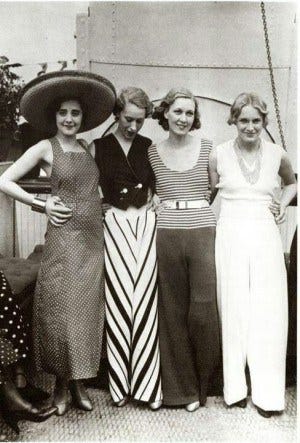
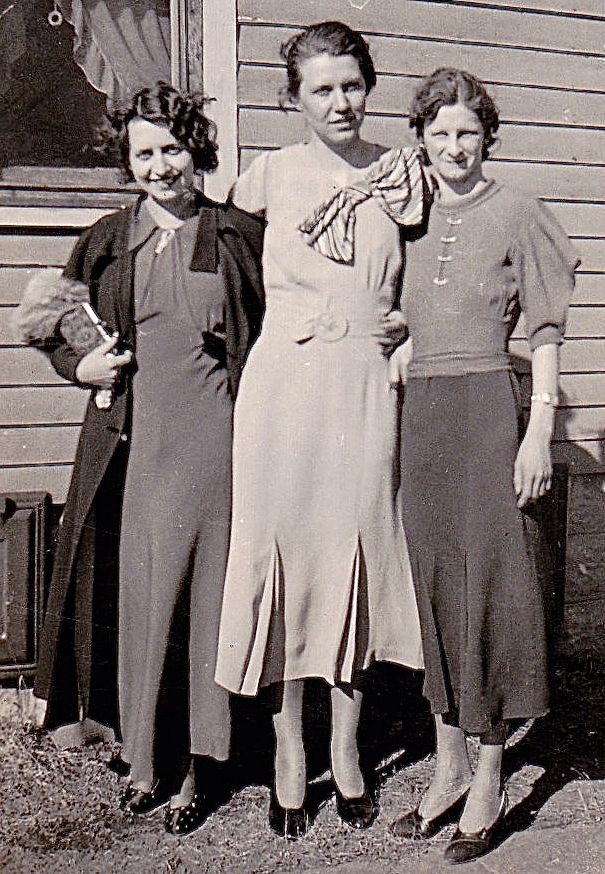

The Impact of the Great Depression on Fashion
Socio-Economic Backdrop of the 1930’s
The 1930’s was a decade defined by economic hardship and societal transformation, deeply influenced by the Great Depression. Beginning with the stock market crash of 1929, the Depression brought widespread unemployment, poverty, and a sense of uncertainty that affected nearly every aspect of daily life—including fashion.
Economic Hardship and Consumer Behavior
With millions out of work and many families struggling to afford basic necessities, consumer spending dropped drastically. Fashion shifted from frivolity and indulgence to practicality and longevity:
- Clothing budgets shrank, leading people to repurpose, repair, and rewear their garments.
- Homemade clothing became more common, with women turning to sewing patterns and domestic skills to create and maintain wardrobes.
- Thrift and utility replaced luxury as guiding principles in clothing choices.
The Decline of Excess and the Rise of Practical Elegance
The opulence of the 1920’s flapper style gave way to more conservative and resourceful fashion:
- Simplified silhouettes emerged—dresses with longer hemlines, modest necklines, and structured waists.
- Fabrics became more affordable and durable, with cotton, rayon, and wool blends favored over silks and imported materials.
- Despite limitations, fashion retained elements of glamour, especially through Hollywood influence, where film stars like Jean Harlow and Marlene Dietrich inspired affordable interpretations of elegance.
Employment and Gender Roles Reflected in Dress
The economic downturn also reshaped gender roles, particularly for women:
- More women joined the workforce to support their families, leading to functional and modest clothing suitable for both domestic and professional life.
- Tailored suits and shirtwaist dresses became popular, blending style with practicality.
- Men’s fashion reflected stability and professionalism, with broad-shouldered suits and hats remaining staples despite economic pressure.
Fashion Innovation and Response from Designers
Designers responded to the climate with creativity:
- Coco Chanel redefined luxury by using affordable fabrics like jersey and tweed, promoting minimalism.
- American designers like Clare Potter and Elizabeth Hawes began to gain recognition by offering practical, modern clothing for the everyday woman.
- Department stores and catalogs adapted by offering ready-to-wear lines at lower prices, helping democratize fashion.
Government Influence and Fabric Rationing
Although full-scale fabric rationing occurred more prominently during WWII, the seeds were already sown in the 1930’s:
- Some governments promoted domestic manufacturing and discouraged imports to boost local economies.
- The emphasis on self-reliance and sustainability in dress began to grow.
Conclusion
The 1930’s was a time when fashion adapted to survive. Stripped of extravagance, clothing reflected a society grappling with scarcity yet clinging to dignity and self-expression. Amidst economic gloom, fashion became a quiet form of resilience—functional, modest, and, through cinema and design ingenuity, still capable of beauty and aspiration.

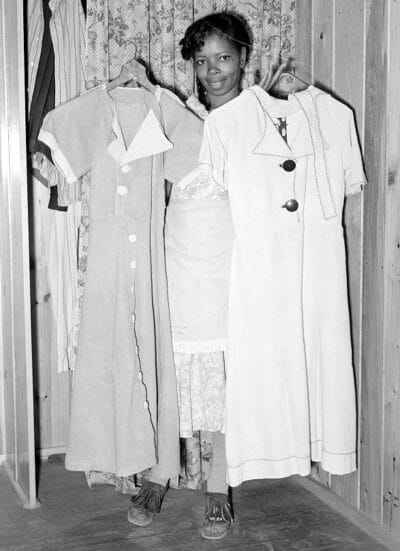
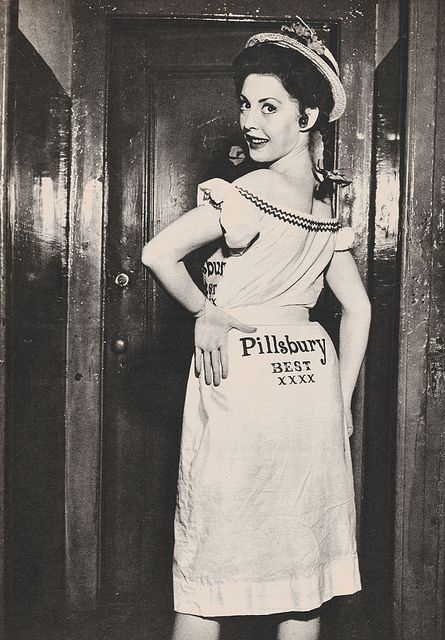
How financial constraints influenced clothing choices.
Financial constraints during periods like the Great Depression (1930’s) had a significant impact on clothing choices, shaping both fashion trends and individual behavior. Here’s how it was done:
Simpler, More Practical Designs
- Luxurious fabrics and elaborate designs became less common.
- Clothing was made with affordable, durable materials like cotton, wool, and rayon instead of silk or velvet.
- Styles were minimalist and functional, emphasizing longevity over decoration.
Make-Do and Mend Culture
- People mended, altered, or repurposed existing garments rather than buying new ones.
- Old clothes were refashioned—a man’s worn-out suit might be turned into a woman’s coat or children’s clothes.
- Sewing at home became a vital skill, and patterns from magazines helped people recreate fashionable looks affordably.
Second-Hand and Hand-Me-Downs
- Buying second-hand was becoming popular, or relying on hand-me-downs became more common across all age groups.
- Families often shared or re-wore clothing, adapting sizes as needed.
Limitation of Wardrobes
- Instead of many outfits, people owned a “small capsule wardrobe” consisting of:
- One good dress for special occasions (often homemade or handed down).
A few everyday outfits, worn repeatedly and carefully maintained.
Accessories for Variety
- Accessories like scarves, hats, or belts were used to refresh outfits without needing new clothes.
- This allowed people to appear stylish and current even with limited options.
Rise of Practical Footwear
- Durable walking shoes were prioritized over fashionable ones.
- Shoe repair businesses thrived, as people preferred to resole and maintain rather than replace.
Cultural Impact
Financial constraints democratized fashion in many ways:
- Elegance became redefined—it was about looking neat and resourceful, not extravagant.
- Designers like Coco Chanel rose in popularity by offering simpler, more practical chic using affordable materials.
- The public began to value creativity and resourcefulness over sheer luxury.
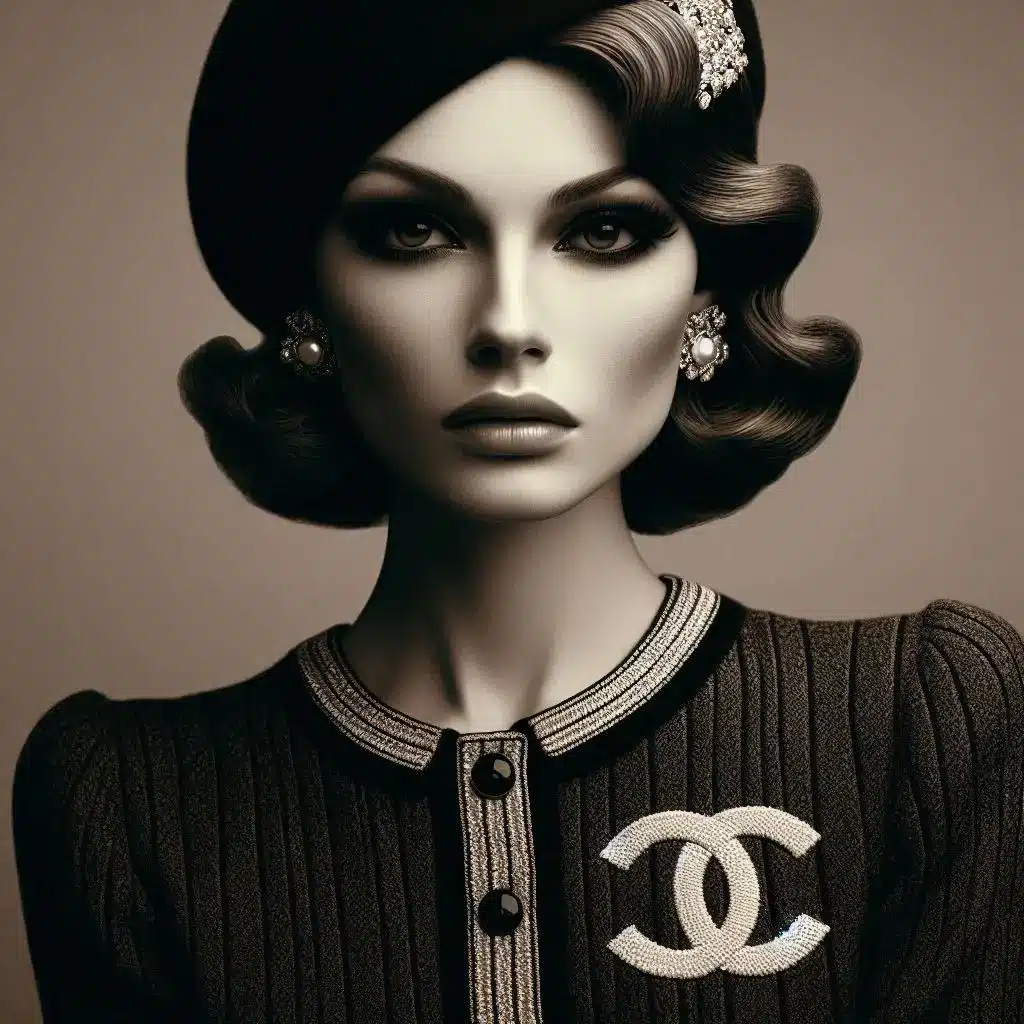
It’s been a fun journey bringing you this post on 30’s glamour, and how the depression impacted designers like Coco Chanel.
Leave your comments below, or follow us on our socials here:
https://www.facebook.com/vintageclothesandaccessoriesaustralia
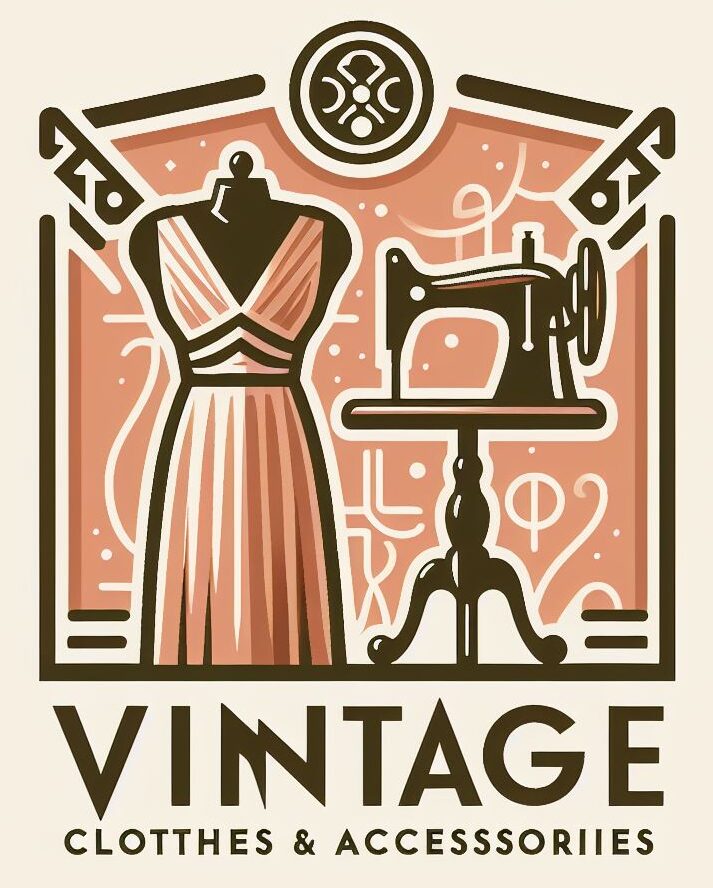
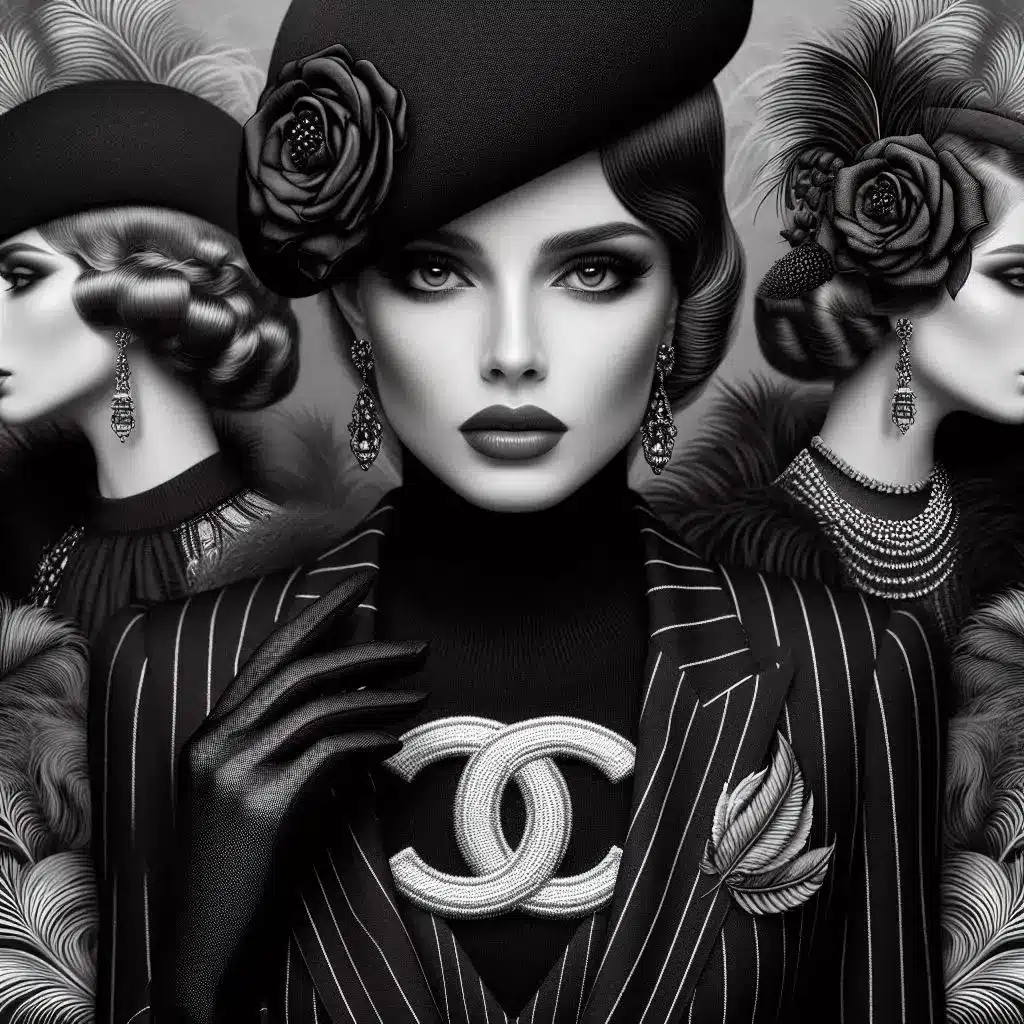
The article effectively connects the fashion of the 1930s to its historical context, particularly the Great Depression. This provides a strong, logical reason for the shift towards more practical and less extravagant clothing, making the explanation clear and insightful.
I find the article’s point about how this era redefined elegance to be particularly compelling. The idea that resourcefulness and neatness replaced extravagance as the measure of style is a fascinating and thoughtful observation.
Thanks for your kind words Sean, we strive make our posts informative and factual.